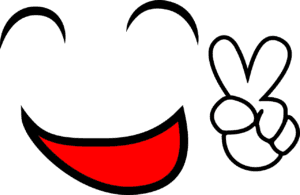Who are you hiring?

You have described the problem you are solving and used that to decide what role you need to hire.
Let’s now transition to “who” you have to hire.
And yes, I did say transition. It’s a journey, not a step.
Hiring for impact
Answer one question before making further decisions:
Which roles have the biggest impact on your business?
Based on the analysis you performed after last week’s blog post, you should be able to answer this now with confidence.
Which roles will contribute to business growth and contribute productivity.
Remember that productivity is what happens when employees are happy and well prepared, so another way to ask this could be:
Which roles contribute to business growth and employee happiness.
Hiring a role

Explain how these roles impact the business.
What will these roles do that will cause business growth and that will increase employee happiness?
These are your success criteria for the role and must be included in your job descriptions. This information will tell your new hire what is expected of them, and it will give you parameters with which to evaluate their performance.
What work will they perform to achieve those success criteria? This is a list of functions and activities you expect them to undertake to achieve that success.
Put all of this information together, and you have a job description.
Build an organizational chart
These are key roles for your business.
Create a chart that shows them all in one place. This is not about building a hierarchy: it is about describing how collaboration will work across your business. Information that will be of value to your new hire.
Do you have an onboarding plan that works for every new role?
Let’s create one together: contact me.